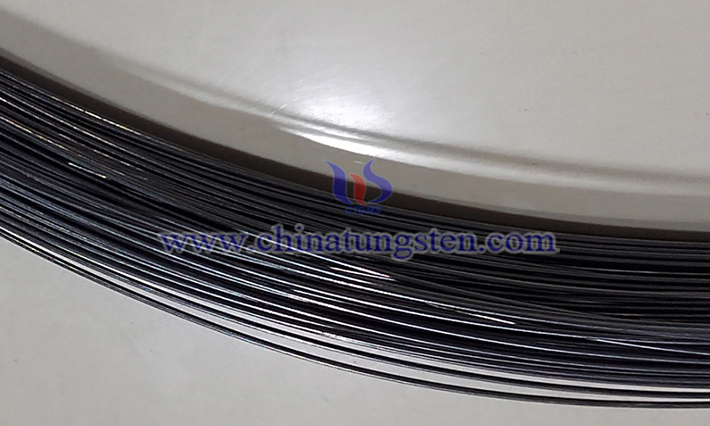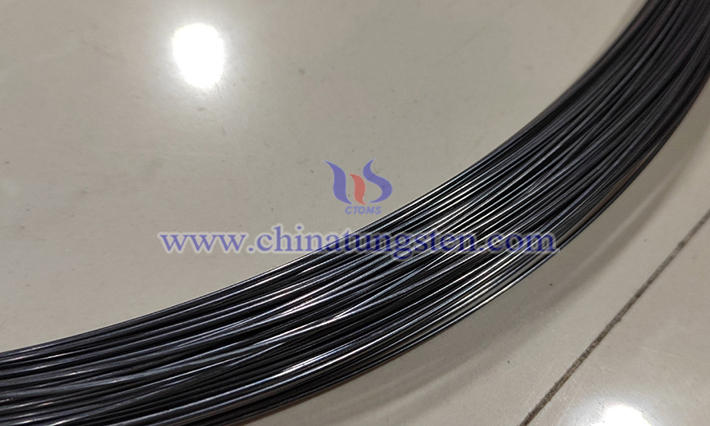Applications of Tungsten Wire in Metal Smelting Furnaces
- Details
- Category: Tungsten Information
- Published on Monday, 11 August 2025 19:03
Tungsten wire is widely used in vacuum melting furnaces, induction furnaces, electron beam melting furnaces, and other equipment, particularly in smelting processes requiring high-purity metals or special alloys in industries such as aerospace, nuclear, and electronics.

I. Applications of Tungsten Wire in Metal Smelting Furnaces
1. Heating Elements:
Tungsten wire is often used as a heating element in metal smelting furnaces due to its high melting point (approximately 3422°C), excellent high-temperature resistance, and low vapor pressure. For example, in vacuum furnaces or atmosphere-protected furnaces, tungsten wire can be made into resistance heating wire for high-temperature melting of high-melting-point metals or alloys such as titanium, zirconium, and molybdenum, ensuring furnace temperatures reach thousands of degrees Celsius. 2. Thermocouple Protection or Support Material:
Tungsten wire, due to its excellent chemical stability and corrosion resistance, is often used in the protection sleeves or support structures of high-temperature thermocouples. This is particularly true when smelting rare metals or special alloys, where it maintains stability in extremely high temperatures and corrosive environments.
3. Electrode Material:
Tungsten wire can be used as an electrode material in some electric arc furnaces or plasma smelting furnaces. Its high conductivity and high-temperature resistance generate a stable arc for melting or refining metals.
4. Crucible or Container Lining:
Tungsten wire is sometimes woven into a mesh structure and used as a lining or support material for crucibles used to hold high-temperature molten metals. This effectively prevents reactions between the crucible and the molten metal, especially in vacuum or inert gas environments.

II. Advantages of Tungsten Wire Applications
1. High-Temperature Resistance: Tungsten wire maintains structural stability at extremely high temperatures, making it suitable for smelting high-melting-point metals.
2. Oxidation Resistance: Tungsten wire is resistant to oxidation under vacuum or inert gas protection, extending its service life. 3. High Strength: Tungsten wire maintains high mechanical strength even at high temperatures, making it suitable for long-term use.
III. Limitations of Tungsten Wire Applications:
1. Oxidation Sensitivity: Tungsten wire is susceptible to oxidation in non-vacuum or non-inert atmospheres, requiring strict control of the smelting environment.
2. Brittleness: Tungsten wire is brittle at low temperatures, requiring careful processing and installation.
- Chinatungsten Online: www.tungsten.com.cn
- CTIA GROUP LTD: en.ctia.group
- Tungsten News & Price: www.ctia.com.cn
- Molybdenum News & Price: news.molybdenum.com.cn
- Tel.: 86 592 5129696; Email: sales@chinatungsten.com



 sales@chinatungsten.com
sales@chinatungsten.com